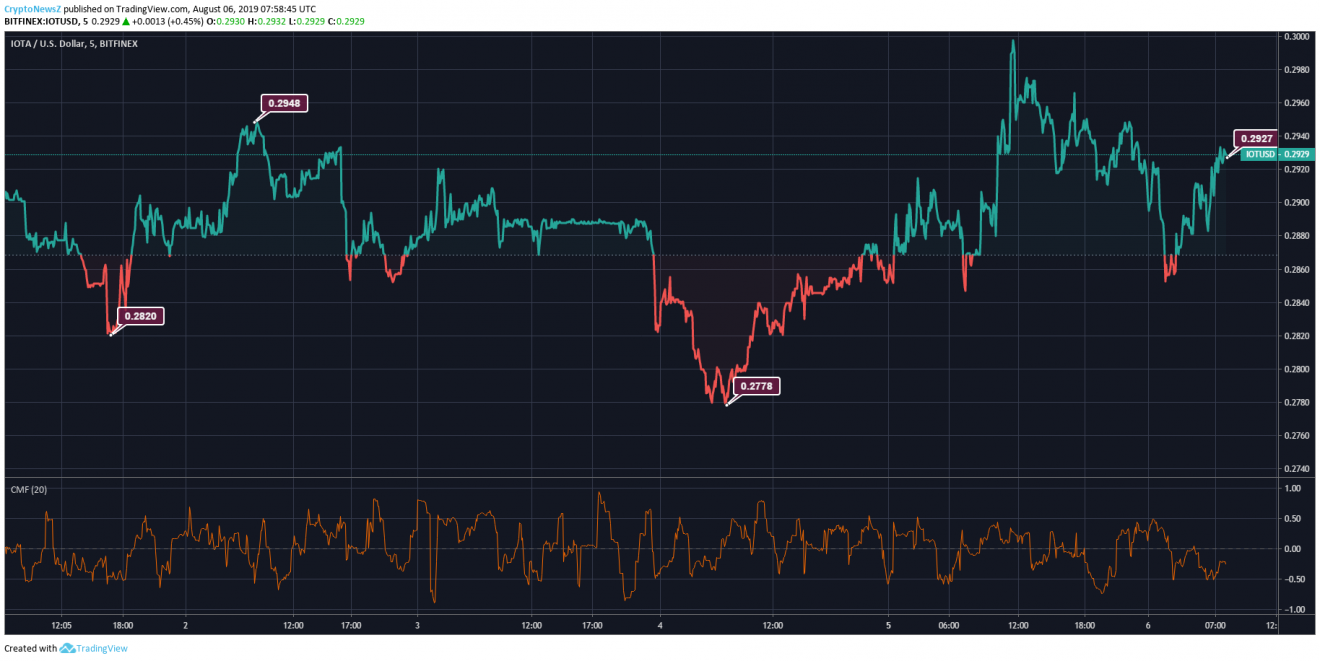

(Image credit: Tropical Tidbits) Intensity forecast for Iota The model predicted Iota would be approaching landfall in northern Nicaragua, very close to the landfall location of Hurricane Eta nearly two weeks ago, as a high-end category 4 hurricane with 145 mph winds and a central pressure of 924 mb. (12Z) Monday, November 16, run of the HWRF model. Predicted wind speed (colors) and sea level pressure (black lines) for Iota at 10 p.m. Iota is not expected to regenerate over the Pacific Ocean. Dissipation is expected to occur about two days after landfall, when Iota will be over El Salvador, near the Pacific coast. Predictions then call for steering currents to shift, putting Iota on a more westerly to west-southwesterly path deep into Central America. A ridge of high pressure to Iota’s north will force the hurricane on a westerly to west-northwesterly track at 7-10 mph until landfall occurs in northern Nicaragua on Monday night near midnight.

The track forecast for Iota is straightforward. Upper-level outflow was good to excellent in all quadrants, and the outer spiral bands of Iota were lashing northeastern Nicaragua and Honduras. Satellite imagery early Monday afternoon showed Iota to be a very impressive hurricane with an eye surrounded by a solid eyewall with heavy thunderstorms having very cold cloud tops. Iota at that point was a low-end category 5 hurricane with top winds of 160 mph, and a central pressure of 918 mb. EST Monday, Iota was 80 miles east-southeast of Puerto Cabezas, Nicaragua, headed west at 9 mph. Iota on course for a Monday night landfall in NicaraguaĪt 1 p.m. Wind damage on Providencia was likely devastating, and possibly catastrophic. An Air Force Reserve Hurricane Hunter aircraft about two hours later measured sustained category 5 winds of 160 mph in the southern eyewall of Iota, but these winds may have been just north of the island. Monday morning, the southern eyewall of Iota passed over Colombia’s Providencia Island (population 5,000). Iota gives Colombia’s Providencia Island a tremendous poundingīetween 4 a.m. This is the first time on record that the Atlantic has experienced category 5 hurricanes in five consecutive years. Matthew (2016), Irma and Maria (2017), Michael (2018), and Lorenzo and Dorian (2019), were the others. According to statistics compiled by Tomer Berg, 2020 therefore ties a record set in 1995 for most rapidly intensifying Atlantic storms in a single year (using statistics going back to 1979).įurthermore, Iota gives the Atlantic five consecutive years with a category 5 hurricane. Iota is the tenth 2020 Atlantic named storm to rapidly intensify by at least 35 mph in 24 hours. Eta and now Iota make 2020 the first Atlantic hurricane season to record two major hurricanes in November. Iota is the second major hurricane this November, along with Hurricane Eta, which peaked as a category 4 storm with 150 mph winds early in November.

Iota is just the second Atlantic category 5 hurricane recorded in November in the Atlantic, the other being the 1932 Cuba hurricane, at category 5 strength from November 5-8, 1932.
#IOTA PREDICTION 2017 SERIES#
The “Greek” storms have given 2020 an unprecedented series of late-season rapidly intensifying hurricanes (See Tweet by Sam Lillo). Unprecedented onslaught of late-season hurricanes As Iota’s most extreme winds and storm surge will be affecting some of the same regions most severely affected by Eta, Iota is not considered likely to cause a great deal of additional damage, as these regions were already mostly destroyed. Nicaragua proved it could successfully evacuate its vulnerable population before Eta hit the same region two weeks ago, and the official death toll in the nation from Eta totaled two people. If there is a bright side to this tragedy, it is that Iota will be hitting one of the most sparsely populated areas of the Central American coast. However, Maria did not make a direct landfall in the Virgin Islands, passing about 75 miles to the southwest of Irma’s path. The closest analogue may be in September 2017, when Hurricane Irma and Hurricane Maria, both at category 5 strength, affected the Virgin Islands two weeks apart. That this may occur in November, when major hurricanes are rare, is particularly extraordinary. There is no historical precedent for two Atlantic hurricanes of at least category 4 strength hitting the same location just two weeks apart. Iota is likely to make landfall within 50 miles of where Hurricane Eta made landfall.


 0 kommentar(er)
0 kommentar(er)
